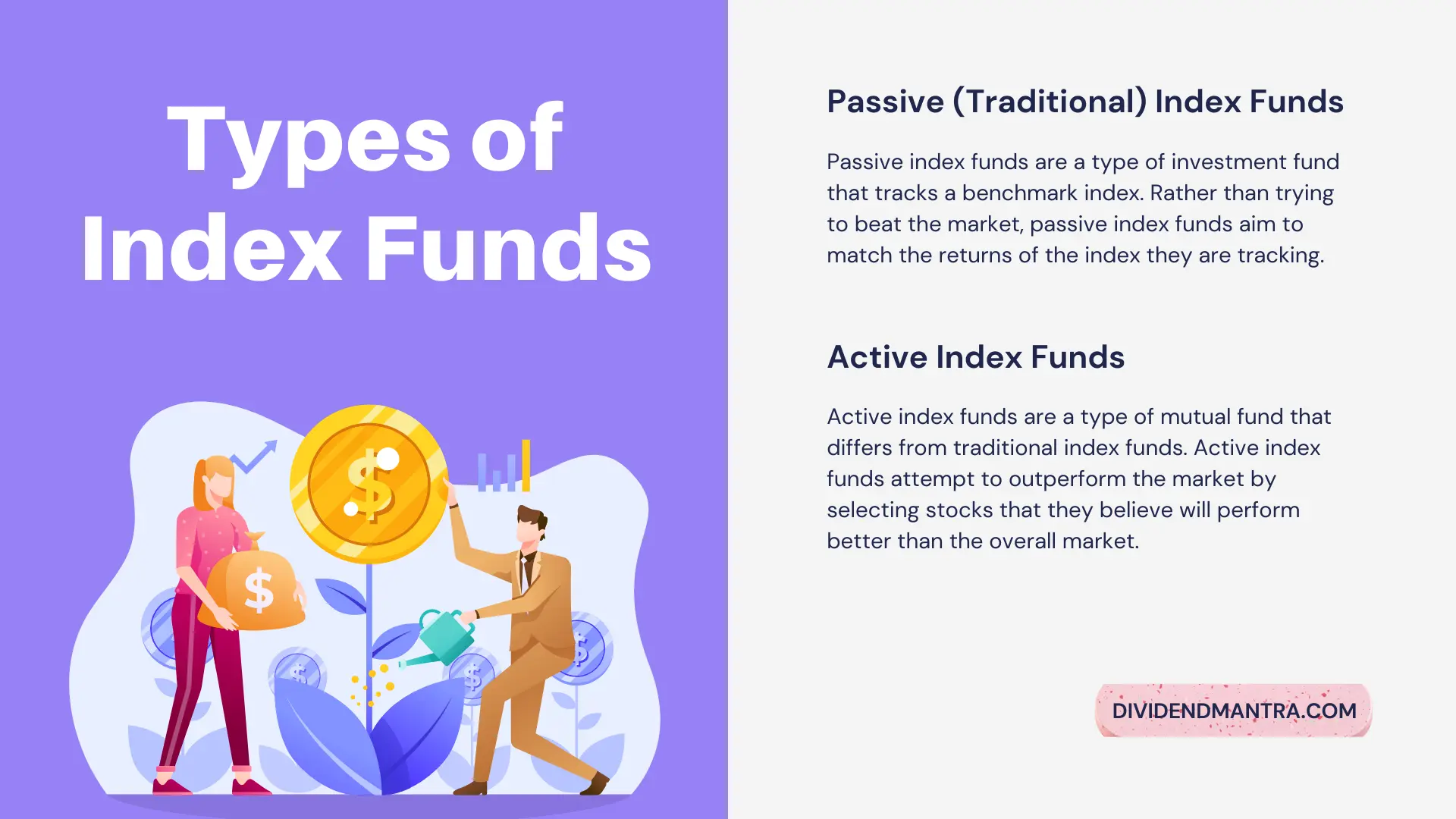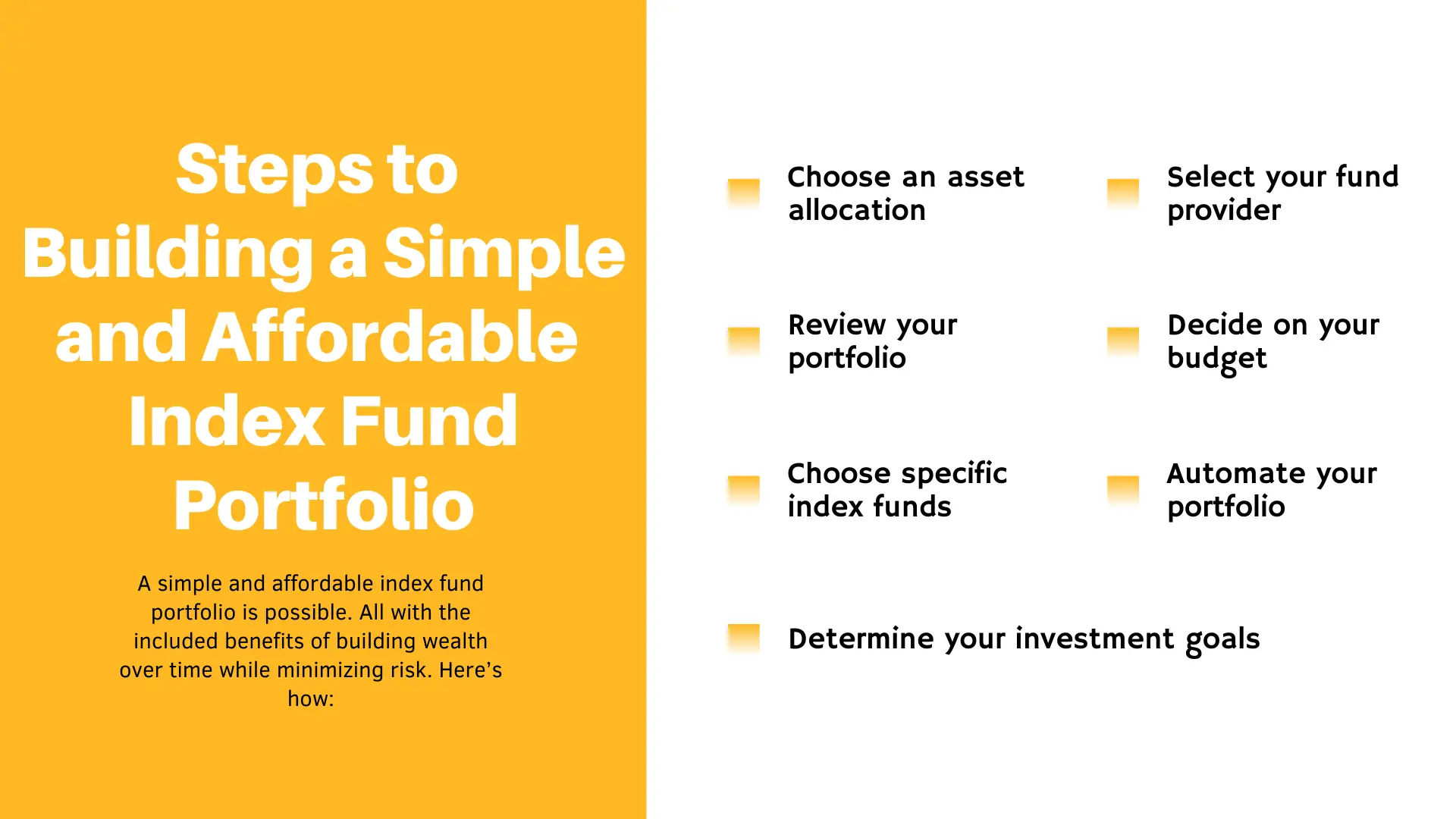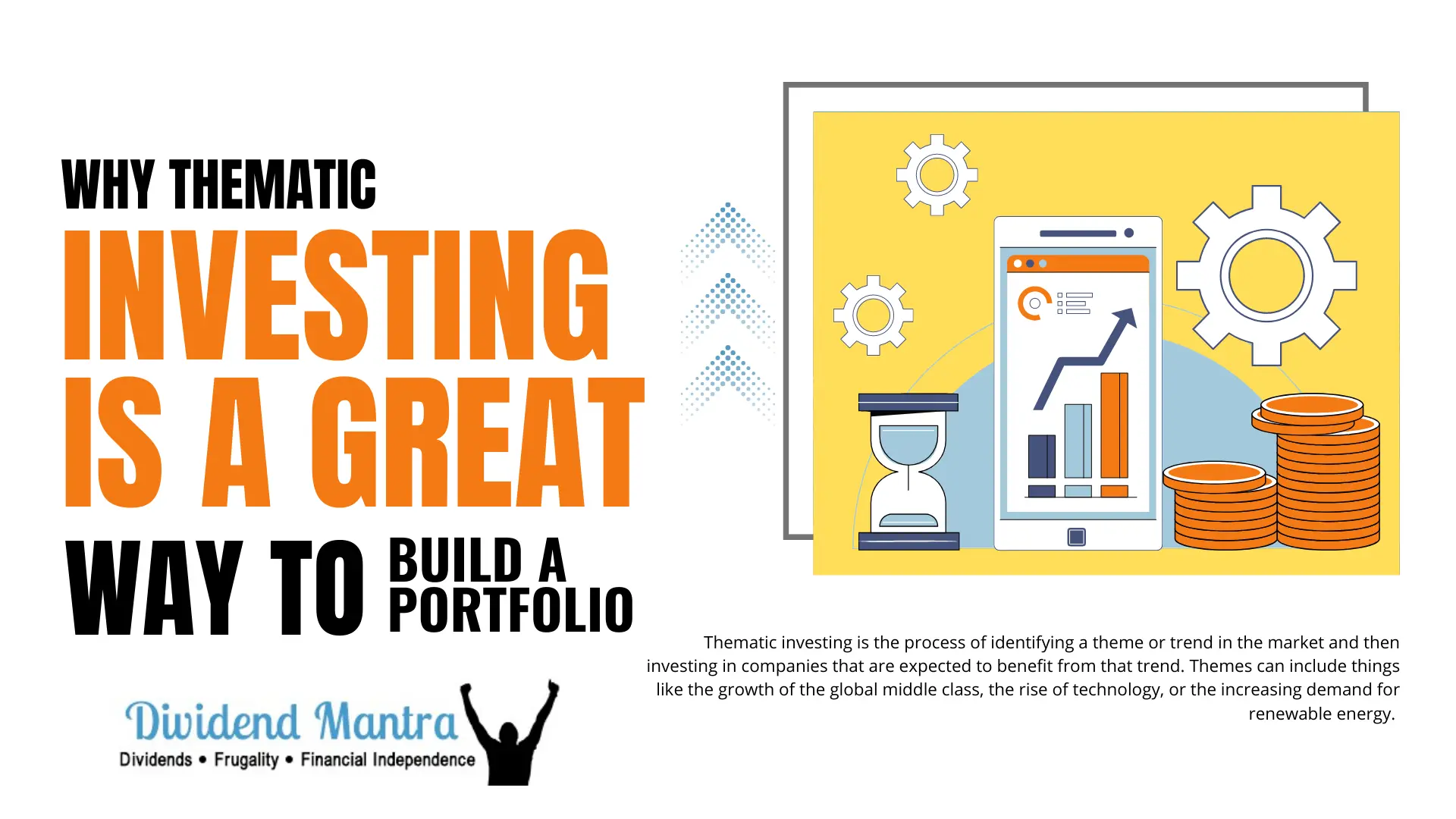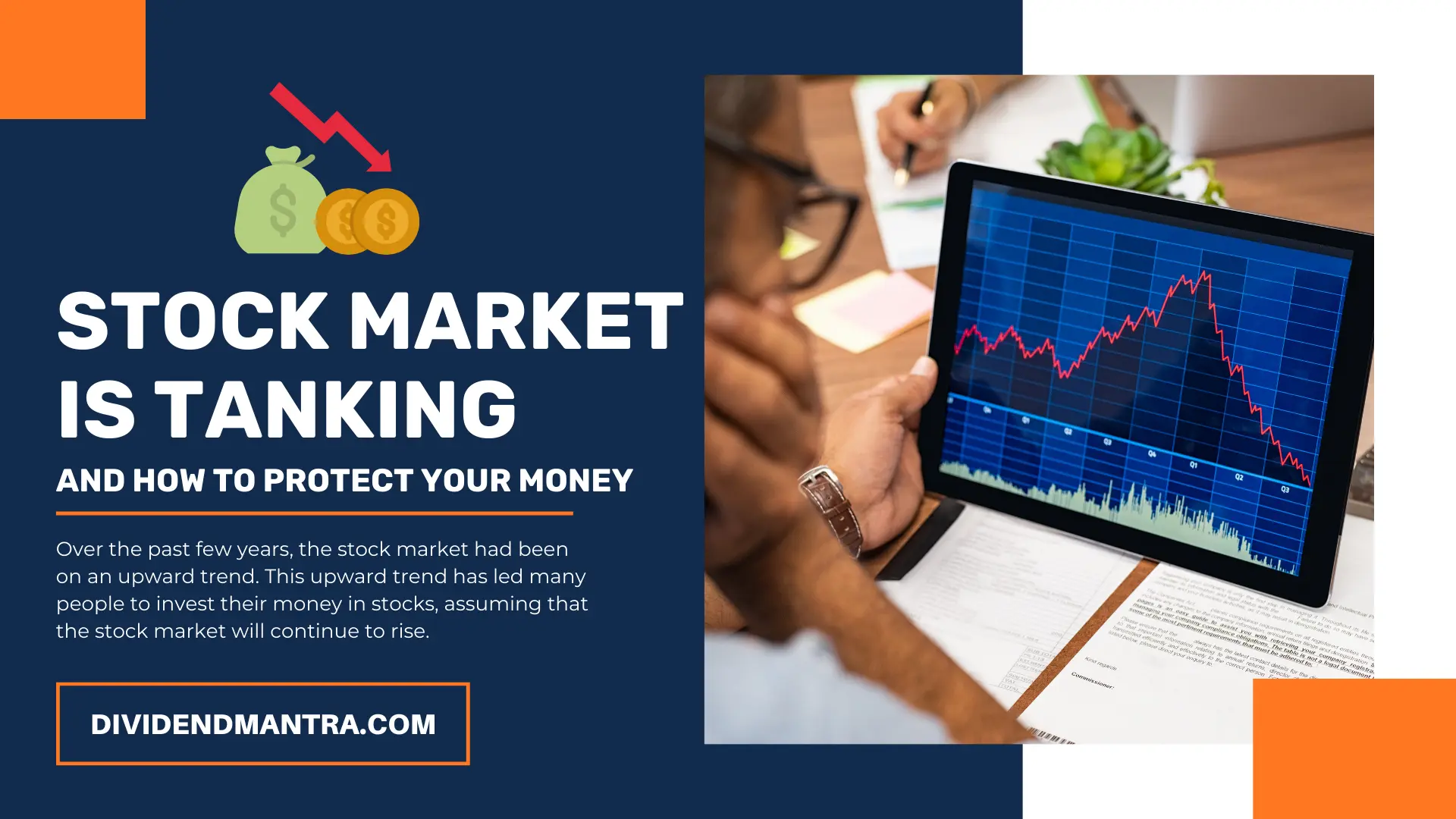How To Build a Simple and Affordable Portfolio With Index Funds
An index fund is an investment that mimics the performance of a specific market index. There are many different types of index funds, but they all have one common goal: to provide exposure to a diverse range of markets while reducing risk. Index funds are easy to invest in and manage, making them a great choice for anyone looking for an affordable and simple way to build a portfolio.
Overall, index funds are a great way to invest your money. They offer consistent returns, no matter what happens in the stock market. Index funds are also easy to invest in and manage. You can buy them through online brokers, directly from the fund company, or through a financial advisor. Index funds are available from most mutual fund companies.
Start With Your Goals
When you are looking to invest your money, it is important to have a goal in mind. This is especially true when investing in index funds, which can be a more passive way to invest. Index funds are designed to track a particular market index, such as the S&P 500. This means that your investment will grow or decline with the market as a whole.
Rather than picking specific stocks, you are investing in a basket of stocks that represent the entire market. This makes it less risky than picking individual stocks, but also means that your returns may not be as high as if you had picked the right stock at the right time.
Before investing in an index fund, it is thus important to make sure that you understand what type of investor you are. Are you willing to take on more risk in order to potentially get higher returns?
Types of Index Funds
While all index funds are a great way to build a simple, affordable portfolio, there two main branches of index funds. They are listed below:

1. Passive (Traditional) Index Funds
Passive index funds are a type of investment fund that tracks a benchmark index. Rather than trying to beat the market, passive index funds aim to match the returns of the index they are tracking. This can be done by investing in all of the stocks in the index or by investing in a representative sample of the stocks in the index. Passive index funds have become increasingly popular in recent years as investors have become more interested in low-cost, diversified investments.
Passive index funds are cheaper to operate than actively managed funds, because they don’t require expensive research or management.
2. Active Index Funds
Active index funds are a type of mutual fund that differs from traditional index funds. Active index funds attempt to outperform the market by selecting stocks that they believe will perform better than the overall market. This is done by the fund manager, who makes all of the investment decisions for the fund.
Instead of passively holding the securities in the index, the fund manager selects, buys and sells securities in an attempt to outperform the index. This active role requires more research and management, and as such, is a lot more expensive than the common, passive style of investing in index funds.
Should You Go With Passive or Active Index Funds?
In a general sense, as we just mentioned, index funds are a type of mutual fund that passively tracks an index, rather than trying to beat the market. As you just saw, however, there are two types of index funds: passive and active. Passive index funds follow the index exactly, while active index funds try to beat the market by picking stocks that they think will perform better.
Which type of index fund is right for you depends on your investment goals. If you’re looking for a low-risk investment that will provide stability and modest growth, a passive index fund is a good choice. If you’re looking to beat the market, an active index fund may be a better option. However, keep in mind that there is always some risk involved in stock investing, no matter which type of fund you choose.
Steps to Building a Simple and Affordable Index Fund Portfolio
A simple and affordable index fund portfolio is possible. All with the included benefits of building wealth over time while minimizing risk. Here’s how:

- Choose an asset allocation: Decide how much of your portfolio you want invested in stocks, bonds, and cash.
- Select your fund provider: The S&P 500 is an example of an index that you can monitor. Select a mutual fund that follows that index. Shop around for the best deal. Then, invest in index fund shares.
- Determine your investment goals: Plan ahead of time for your investing requirements and goals, concentrating on short, medium, and long-term time horizons. Overall, Consider your time horizon to determine what you aim to achieve, and plan accordingly.
- Decide on your budget: Determine how much you can afford to invest each month.
- Choose specific index funds: Look for low-cost index funds that track the market or specific sectors.
- Automate your portfolio: Set up regular contributions to your chosen funds.
- Review your portfolio: Make sure your allocation still matches your goals and risk tolerance.
Choosing the Right Fund
The right index fund can be difficult to find, but knowing the right steps can make the process a lot easier. The most important steps that will help you have been listed below:
Step 1: Decide What You Want Your Index Fund To Accomplish
The first step in choosing an index fund is to decide what you want it to accomplish. You need to think about your goals, both short-term and long-term, and what type of investor you are. If you’re looking for a fund that will give you broad exposure to the markets, a traditional index fund may be a good option.
Step 2: Choose an Index Fund Provider
When selecting an index fund provider, it is important to consider the fees that the provider charges as well as the track record of the fund. Some of the largest and most well-known providers of index funds include Vanguard, Fidelity, and Charles Schwab. All of these providers have a proven track record of providing low-cost, diversified funds that have performed well over time.
Step 3: Determine the Type of Index Fund You Need
An index fund is a low-cost, passively managed investment vehicle that tracks the performance of a particular market index. There are different types of index funds, depending on the index that they track. For example, there are equity index funds, which track the performance of stock markets, and bond index funds, which track the performance of bond markets. When you’re deciding which type of index fund to invest in, you need to consider your goals and risk tolerance, as well as your preferences, before making a pick.
Step 4: Choose the Right Index Fund for You

When choosing an index fund, you’ll need to decide which type of index fund is right for you. There are many different types of indexes, and each has its own benefits and drawbacks. Some indexes, like the S&P 500, are capitalization-weighted, meaning that the larger companies in the index have a larger weighting. As such, ror example, if you are looking for a fund that will provide long-term growth, you may want to consider an index fund that tracks the S&P 500.
Step 5: Stay Informed and Keep Reevaluating
It is important to stay informed about the performance of your index fund, and to reevaluate your choices if the fund’s performance starts to lag behind the index it is supposed to track.
It’s also important to monitor your portfolio to make sure you’re on track to reach your goals. This includes reviewing your asset allocation and making sure your investments are performing in line with your expectations.
Step 6: Review and Adjust
Your portfolio should be regularly reviewed to ensure that it continues to meet your goals and risk tolerance. If your goals or risk tolerance have changed, you may need to adjust your portfolio to reflect those changes. The best way to do this is by consulting with a financial advisor, who can help you make the necessary changes.

While indexes are a type of fund that allows you to invest in a number of stocks or bonds at once, which can help you reach your investment goals, it is important to review your portfolio regularly and make changes as needed to stay on track. This involves reviewing your asset allocation, making sure you are investing in the right mix of stocks and bonds, and rebalancing your portfolio when necessary. These changes might be difficult to make, but may be necessary if you decide to take that course of action.
Step 7: Stay the Course
Many experts believe that buying and holding an index fund is one of the smartest things you can do for your investment portfolio. That’s because when you invest in an index fund, you’re essentially investing in the entire stock market. And over time, the stock market has historically provided positive returns.
Of course, past performance is no guarantee of future results, but investing in an index fund does give you exposure to some of the best stocks out there. And by staying invested for the long term, you can maximize your chances of achieving your investment goals.
Deciding on Your Asset Allocation: How Much Risk Are You Willing To Take?
When it comes to investing, one of the most important decisions you’ll make is how to allocate your assets. This means figuring out how much of your money should go into stocks, bonds, and other investment vehicles. The key to making a good decision is understanding your risk tolerance-that is, how much volatility (ups and downs) you’re willing to stomach in order to potentially achieve higher returns.
The approach of spreading your money across a variety of investments, including stocks, bonds, and cash, known as diversification, helps reduce your risk by spreading your money out over several different types of investments. And that is just what index funds are all about; index funds provide investors a way to invest in a basket of securities that mirrors a particular index.
This means that the fund buys all or a representative sample of the securities that are included in the index. This gives investors a way to invest in a group of stocks, without having to pick and choose individual stocks themselves.
As such, index funds are often seen as a safer investment, because they are not as volatile as individual stocks.
Picking Your Investments: Which Companies Will You Invest In?
Indexes are a vital part of the investment process as they provide diversification and lower the risk for investors. However, when choosing indexes to invest in, it is important to look at the underlying holdings of the index and make sure that they align with your investment goals. For example, if you are looking for income with a regular turnover, you may want to invest in an index that has a higher percentage of dividend-paying stocks. If you are looking at retirement, you may want to seek out an index that has a lower percentage of dividend stocks, but offers better long term stability.
Overall, indexes can also be used as benchmarks for your specific financial needs. For example, some indexes are designed specifically to outperform the market in certain time periods or geographical regions.
How To Get Started With Your First Purchase of an Index Fund
Index funds can be bought through an online broker or mutual fund company.
There are a number of different types of index funds to choose from, so it’s important to do your research before investing. Some index funds invest in specific sectors, such as technology or energy, while others invest in a variety of different sectors. There are also index funds that focus on specific countries or regions.
When choosing an index fund, it’s important to consider the amount of risk you’re willing to take on. Some funds are more risky than others, so it’s important to read the prospectus carefully before investing.
Conclusion
In conclusion, building a simple and affordable portfolio with index funds is a great way for investors to achieve their financial goals. By keeping costs low and maintaining a diversified mix of assets, investors can minimize their risk while maximizing their potential return.
So if you’re looking for a smart and efficient way to invest your money, consider using index funds in your portfolio as they are low-cost, diversified, and easy to manage. These qualities make them a popular choice for investors of all experience levels.
By following the tips in this article, you can create a portfolio that is tailored to your specific needs and goals. So get started today and you’ll be on your way to financial success!








